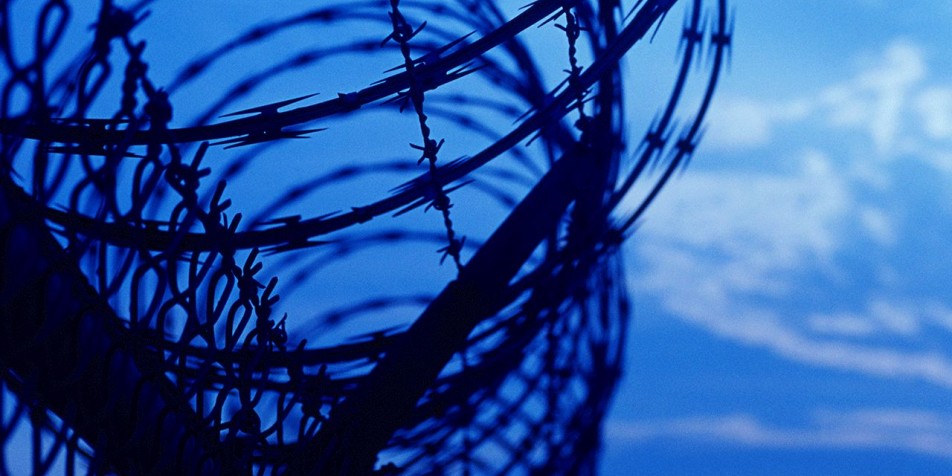After Years of Advocacy, JJPDA Finally Reauthorized

The Juvenile Justice Reform Act of 2018 (JJRA), signed into law today, contains a host of important reforms for the juvenile justice system. This is a much-needed reauthorization of the Juvenile Justice Delinquency and Prevention Act, first enacted in 1974. Advocates have been pushing for this reform since the bill was last reauthorized in 2002; the passage of this law is a welcome bi-partisan achievement.
The new law includes a number of critical reforms. First, it places new emphasis on prevention, requiring support for a “continuum of evidence-based or promising programs (including delinquency prevention, intervention, mental health, behavioral health and substance abuse treatment, family services, and services for children exposed to violence) that are trauma informed, reflect the science of adolescent development, and are designed to meet the needs of at-risk youth and youth who come into contact with the justice system.” This is crucial. Youth who can avoid juvenile justice placement do better than those who become system-involved. And youth who avoid placement do better than those removed from their homes and placed in institutions. The law also makes an important move toward de-incarceration by requiring that youth held for violations of a court order for a status offense such as truancy or running away cannot be held for more than seven days, and only if the court finds that there is no less restrictive alternative available.
The new law also places a renewed emphasis on racial equity. In recent months, the Trump Administration’s Office of Juvenile Justice and Delinquency Prevention has informed states that they should not mention “overrepresentation of minorities” in their grant applications. In contrast, the new law requires states to collect data on racial and economic disparities, and to develop a plan to reduce such disparities.
More broadly, the law requires the administration to base its policies in research, requiring the Office of Juvenile Justice and Delinquency Prevention to take into account “scientific knowledge regarding adolescent development and behavior and regarding the effects of delinquency prevention programs and juvenile justice interventions on adolescents.”
The law also takes a number of important steps toward ensuring safer facilities. The bill includes important reforms to limit solitary confinement and other harmful practices, requiring states to report annually on their current use of restraints and isolation and to make a plan to eliminate these practices. It strictly limits the use of restraints on pregnant and parenting youth. It also establishes as a default that young people will be placed in youth facilities rather than adult jails while awaiting their hearings. It requires juvenile justice and education agencies to collaborate to ensure that youth receive credit for schoolwork while in placement, and that the credit transfers back when the young person attempts to return to school.
The bill also sets forth a proactive vision, requiring states to encourage alternative behavior management techniques based on positive youth development approaches, and to promote methods “responsive to cultural differences.”
These reforms were desperately needed. Solitary confinement, shackling, and pepper spray put young people at risk of long-term mental health consequences. Youth facing solitary confinement, for example, may experience depression, sleeplessness, anxiety, and even psychosis. Many youth in solitary confinement harm themselves or even attempt suicide. Young people held in adult jails are at even higher risk of solitary confinement – and of self-harm and suicide.
The reforms on shackling pregnant youth are equally vital and grounded in research. Medical professionals agree that shackling during pregnancy and especially during labor and delivery is dangerous, demeaning, and unnecessary.
The educational reforms, too, will serve youth well. Most young people who enter juvenile facilities never complete school – often because of issues around school credits. By supporting credit-earning education and smoother transitions back to school, this reform sets the stage for better outcomes for youth.
The juvenile justice system was designed on the premise that youth deserve opportunities. Unfortunately, far too often, young people instead face unsafe institutions that create long-term damage. The bill makes important reforms that will help keep young people out of juvenile facilities. And for youth who are in institutions, the bill takes a first step toward establishing the protections they need to stay safe.
